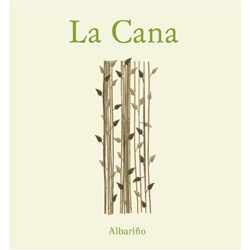Bodegas La Caña, La Caña Albariño, Rías Baixas, Spain 2014, DO
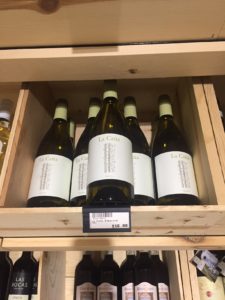
$16.99 at Crush Wine & Spirits in Bryant, Arkansas (AR)
This wine is a ripe style of Albariño. On the palate, it’s gentle and peachy with some lingering mineral and rock notes that add complexity and exemplify classic Rías Baixas character. The finish shows peach, yellow apple, and even some tropical fruits.
70% of the wine is fermented in stainless steel tanks and 30% is fermented in neutral French large oak barrels. All the wine is aged sur lie (on the dead yeast cells) for eight months before release. Sur lie aging adds more structure and flavor to the wine. Sur lie aging in oak helps the wine to have a longer maturity life.

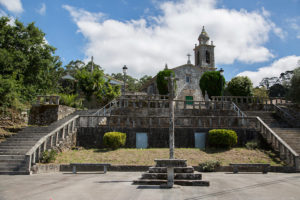
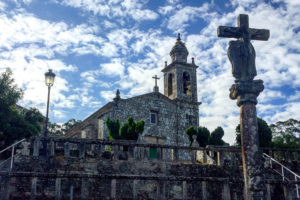
Albariño is a white grape grown in the region of Rias Baixas in northwest Spain. The wines made from this grape tend to be aromatic with aromas of honeysuckle, peach, melon, and orange blossom. The wines are medium-bodied with firm acidity.
Albariño was almost completely forgotten until the late 1980s when Spanish wine broker, Jorge Ordóñez, traveled to Rias Baixas and found a rich viticultural history where several families had small plots of the grape. In the early 1990s, he became the first exporter of Alberiño from Rias Baixas to the world, and introduced it not only to the United States, but Spain as well where it was not well known. The grape is now considered to be the country’s finest white grape.
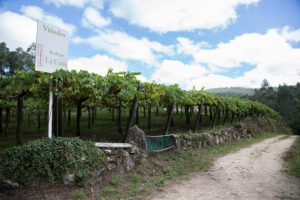
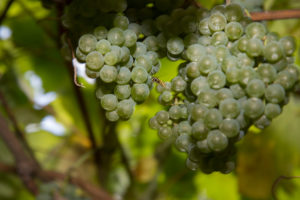
Bodegas La Caña was founded in 2007. It is named for the straw-like cañas (reeds or canes) that line the shores of the Atlantic Ocean inlets that carve into the granite coast of Galicia. It is located in the Valley of Salinés, Rias Baixas’ first sub-region, and the most maritime and northwestern sub-zone of Rias Baixas. The winery is located in Zamar, a village which is near the Arousa River. Bodegas La Caña owns vineyards and buys grapes from several growers. The Valley of Salinés is Albariño’s origin. As a result, the region has the oldest clones and most authentic flavors of any other region that grows the grape. The resulting profile of the wine is dominated by a slightly salty and seaweedy note that is balanced by rich and ripe citrus flavors. The saltiness is from the vineyards’ close proximity to the ocean.
 Jorge Ordóñez
Jorge Ordóñez

